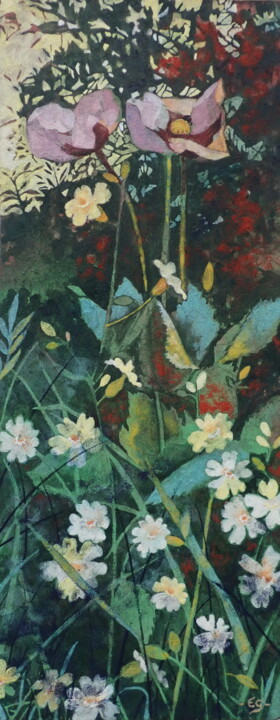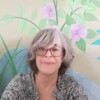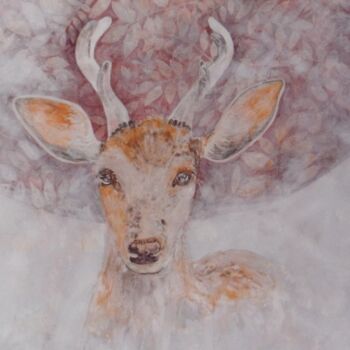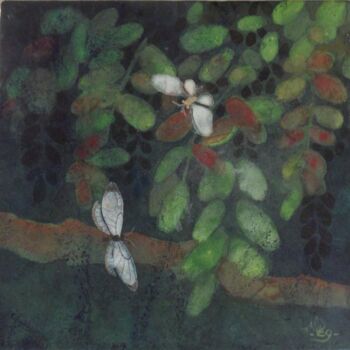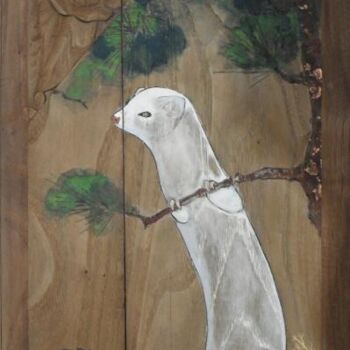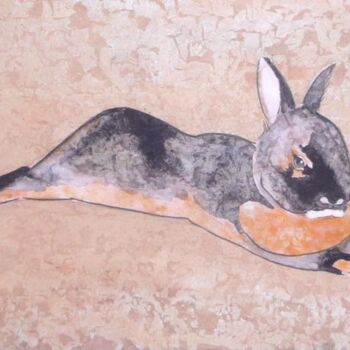Fleurs d'été (2020) Peinture par Valérie Eguchi
Vendu
Voir plus de Valérie EguchiL'artiste propose des oeuvres sur commande
Vous avez manqué l'occasion d'acheter cette oeuvre ? Bonne nouvelle : l'artiste peut aussi créer une œuvre sur mesure, rien que pour vous!
Vendu par Valérie Eguchi
Cette impression est disponible en plusieurs tailles.
Vendu par Valérie Eguchi
Cette image est disponible pour téléchargement avec une licence
Vendu par Valérie Eguchi
-
Œuvre d'art originale (One Of A Kind)
Peinture,
Pigments
sur Papier
- Dimensions Hauteur 16,3in, Largeur 6,5in
- Encadrement Cette œuvre est encadrée (Caisse américaine)
- Catégories Peintures à moins de 1 000 $US Figuratif
Pigments minéraux sur washi fixé sur contreplaqué.
La technique utilisée est celle du nihonga. Technique de peinture japonaise traditionnelle
#artistsupportpledge
Cette œuvre est une œuvre d'art originale unique
Thèmes connexes
-
Nationalité:
FRANCE

- Date de naissance : date inconnue
- Domaines artistiques:
- Groupes: Artistes Contemporains Français

